In mid-February, GSS staff Kevin Stark, Eric Lindquist, Mary Larson, Madison Mitchell, and Tommy Rodengen, along with student intern Katrina Danzinger traveled to the Leech Lake Reservation in north-central Minnesota to collect bottom sediment cores from two lakes, Bowstring and Little Cut Foot Sioux. They were joined by Jake Sorensen, a technician with the Leech Lake Band of Ojibwe (LLBO). Winter can be an excellent time to collect deeper cores (around 3 feet of sediment in 30+ feet of water!) because the lake ice provides a more stable “platform” for directing the coring device than a boat. This coring is the second phase of a GSS project with LLBO to learn about historic nutrient levels in several lakes to help set appropriate present-day water quality standards. Water sampling from some lakes in the region have shown high phosphorus levels, which are often an indicator of pollution from human activity, but could be a naturally occurring condition. Studying the chemistry and diatom species composition (a type of algae) of deeper lake sediments, which were deposited prior to European settlement, can provide insight into the lake’s natural/historical nutrient levels.
The sediment cores will be dated by an outside lab to determine the age of the sediments at different depths, and the GSS team will be analyzing the sediment’s organic matter and biogenic silica levels, as well as identifying and counting the types of diatoms from different depths under a microscope. Later this summer, the team will be returning to collect several shorter cores from Bowstring and Round Lakes to assess the rate at which phosphorus is released from the sediment back into the lake waters, also known as internal phosphorus loading.


